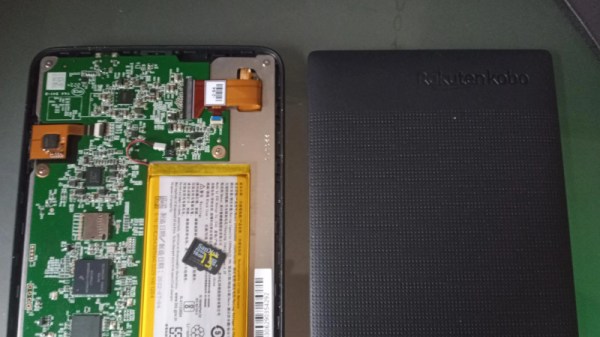The toaster is a somewhat modest appliance that is often ignored until it stops working. Many cheap examples are not made to be easily repaired, but [Kasey Hou] designed a repairable flat pack toaster.
[Hou] originally planned to design a repairable toaster to help people more easily form an emotional attachment with the device, but found the process of disassembly for existing toasters to be so painful that she wanted to go a step further. By inviting the toaster owner into the process of assembling the appliance, [Hou] reasoned people would be less likely to throw it out as well as more confident to repair it since they’d already seen its inner workings.
Under the time constraints of the project, the final toaster has a simpler mechanism for ejecting toast than most commercial models, but still manages to get the job done. It even passed the UK Portable Appliance Test! I’m not sure if she’d read the IKEA Effect before running this project, but her results with user testing also proved that people were more comfortable working on the toaster after assembling it.
It turns out that Wikipedia couldn’t tell you who invented the toaster for a while, and if you have an expensive toaster, it might still be a pain to repair.



![A stack of Activation Locked MacBooks destined for the shredder in refurbisher [John Bumstead]’s workshop.](https://hackaday.com/wp-content/uploads/2024/10/locked_macbooks_3x2_john_bumstead.jpg?w=600&h=450)













